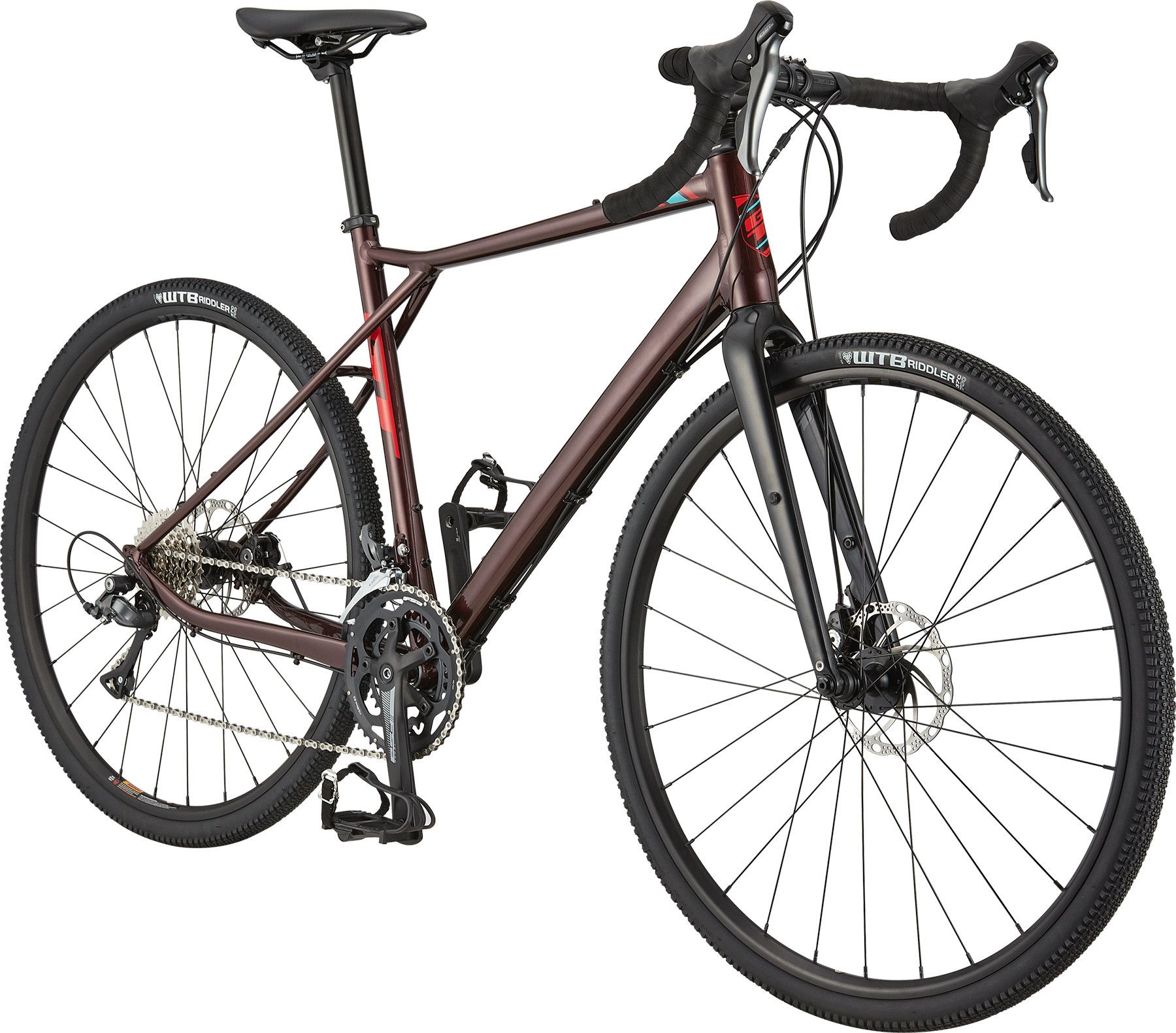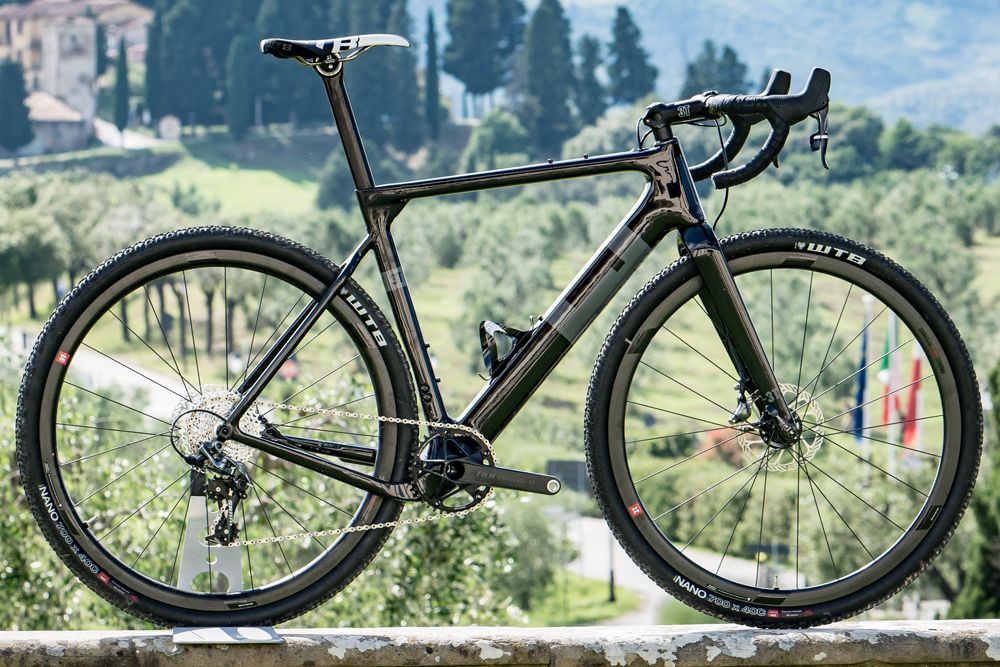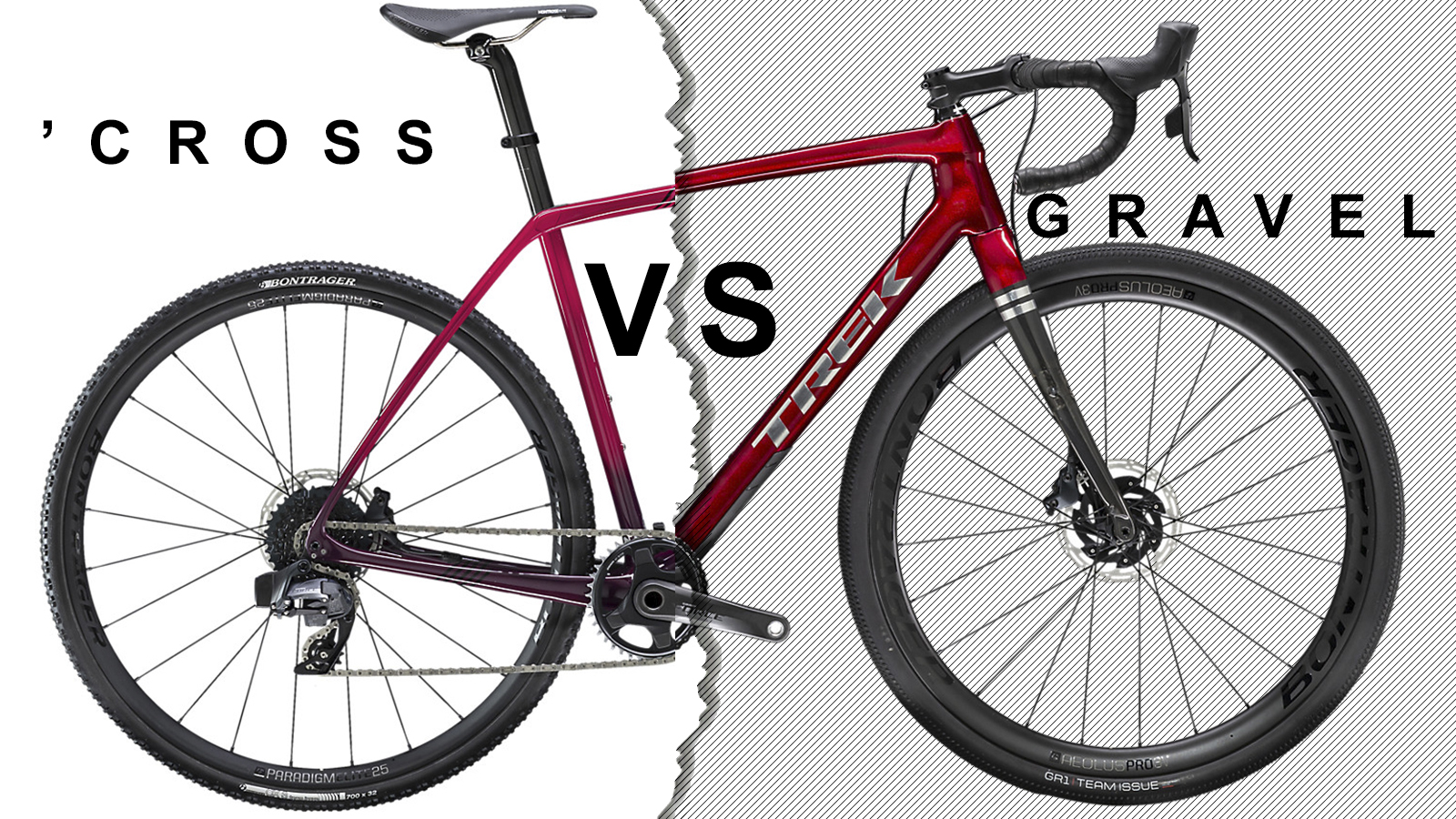What’s the Fuss About Cyclocross and Gravel Bikes?
The world of cycling has witnessed a significant surge in popularity of cyclocross and gravel bikes in recent years. These drop-bar wonders have captured the hearts of many riders, but the lines between them have become increasingly blurred. As a result, many cyclists find themselves torn between these two types of bikes, unsure of which one to choose. The difference between cyclocross and gravel bike lies in their unique features, design, and intended use cases. With their versatility, comfort, and ability to tackle various terrain, it’s no wonder why cyclocross and gravel bikes have become a staple in many cyclists’ garages. But what sets them apart, and how do you choose the right one for your adventure?
Understanding the Origins: A Brief History of Cyclocross and Gravel Bikes
Cyclocross and gravel bikes have a rich history, with roots in different cycling disciplines. Cyclocross, also known as CX, originated in Europe in the early 20th century as a way for road cyclists to stay fit during the winter months. It involved racing on mixed-surface courses, combining paved roads with dirt trails and obstacles. Over time, CX bikes evolved to prioritize speed, agility, and durability. Gravel bikes, on the other hand, emerged from the endurance and adventure racing scenes in the United States. They were designed to tackle long distances on varied terrain, from smooth roads to rugged dirt trails. Despite their distinct origins, both types of bikes have converged to share a common trait: drop bars. This design feature allows riders to adopt an aerodynamic position, reducing wind resistance and increasing comfort. As the popularity of cyclocross and gravel bikes continues to grow, understanding their history and design principles is crucial in appreciating the difference between cyclocross and gravel bike.
How to Identify a True Cyclocross Bike
A true cyclocross bike is designed for speed, agility, and durability. Its geometry is characterized by a more aggressive riding position, with a steeper head tube angle and a shorter wheelbase. This setup enables riders to tackle tight corners and obstacles with confidence. Cyclocross bikes also feature ample tire clearance, typically up to 40mm, to accommodate the demands of mixed-surface racing. Brake systems are another key differentiator, with cyclocross bikes often equipped with cantilever or disc brakes to provide reliable stopping power in wet and muddy conditions. Additionally, cyclocross bikes tend to have a more compact frame design, with a lower bottom bracket and a shorter chainstay, to improve handling and responsiveness. By understanding these key characteristics, riders can identify a true cyclocross bike and appreciate the difference between cyclocross and gravel bike.
The Gravel Bike: A Jack-of-All-Trades?
Gravel bikes are often referred to as the “Swiss Army knife” of bicycles, due to their versatility and ability to handle a wide range of terrain and riding styles. They typically feature a more relaxed geometry than cyclocross bikes, with a slacker head tube angle and a longer wheelbase, making them more comfortable on longer rides and rougher terrain. Gravel bikes also often have more tire clearance, up to 50mm or more, allowing riders to tackle everything from smooth roads to rugged dirt trails. Additionally, gravel bikes tend to have a more upright riding position, with a taller head tube and a shorter top tube, providing a more comfortable fit for riders who prioritize endurance over speed. This adaptability makes gravel bikes an attractive option for riders who want a single bike that can handle everything from commuting to adventure riding, and highlights the key difference between cyclocross and gravel bike.
Key Differences: A Side-by-Side Comparison of Cyclocross and Gravel Bikes
When it comes to choosing between a cyclocross and gravel bike, understanding the key differences is crucial. Here’s a side-by-side comparison of these two popular types of bikes:
Geometry: Cyclocross bikes have a more aggressive geometry, with a steeper head tube angle and a shorter wheelbase, making them ideal for tight corners and obstacles. Gravel bikes, on the other hand, have a more relaxed geometry, with a slacker head tube angle and a longer wheelbase, providing a more comfortable ride on rough terrain.
Tire Clearance: Cyclocross bikes typically have up to 40mm of tire clearance, while gravel bikes can accommodate tires up to 50mm or more, making them more suitable for rougher terrain and adventure riding.
Brake Systems: Cyclocross bikes often feature cantilever or disc brakes, designed for reliable stopping power in wet and muddy conditions. Gravel bikes, while also featuring disc brakes, may have a more emphasis on comfort and endurance, with a focus on modulation and control.
Intended Use: Cyclocross bikes are designed for racing and high-intensity riding, while gravel bikes are built for endurance and adventure riding, with a focus on comfort and versatility. Understanding the difference between cyclocross and gravel bike is essential to choosing the right bike for your riding style and terrain.
By considering these key differences, riders can make an informed decision when choosing between a cyclocross and gravel bike, and unlock the full potential of their riding experience.
Which Bike is Right for You: A Guide to Choosing Between Cyclocross and Gravel
With the growing popularity of cyclocross and gravel bikes, many riders are left wondering which type of bike is right for them. The key to making an informed decision lies in understanding the difference between cyclocross and gravel bike, as well as considering factors such as riding style, terrain, and personal preferences.
Riding Style: If you’re a competitive rider who enjoys racing and high-intensity training, a cyclocross bike may be the better choice. However, if you’re an endurance rider who prioritizes comfort and versatility, a gravel bike could be the way to go.
Terrain: Consider the type of terrain you’ll be riding on most often. Cyclocross bikes are designed for tight, technical courses with obstacles, while gravel bikes are built for rougher, more rugged terrain.
Personal Preferences: Think about your personal preferences when it comes to bike fit, handling, and components. Do you prefer a more aggressive, responsive ride, or a more comfortable, endurance-oriented bike?
By considering these factors and understanding the key differences between cyclocross and gravel bikes, riders can make an informed decision and choose the bike that best suits their needs. Remember, the right bike can make all the difference in your riding experience, so take the time to research and test ride before making a purchase.
Ultimately, the choice between a cyclocross and gravel bike comes down to understanding your own riding style, preferences, and goals. By doing so, you can unlock the full potential of your riding experience and enjoy the freedom and adventure that drop bars have to offer.
Real-World Examples: Popular Cyclocross and Gravel Bikes Compared
When it comes to understanding the difference between cyclocross and gravel bike, it’s helpful to look at real-world examples of popular models. Here, we’ll showcase some popular cyclocross and gravel bikes, highlighting their unique features and how they embody the characteristics of their respective categories.
Cyclocross Bikes:
The Trek Boone, for example, is a high-performance cyclocross bike designed for racing and high-intensity training. With its aggressive geometry, cantilever brakes, and 40mm tire clearance, it’s a true cyclocross bike through and through.
The Specialized CruX, on the other hand, is a more endurance-oriented cyclocross bike, featuring a slightly more relaxed geometry and disc brakes. It’s a great option for riders who want to tackle longer, more rugged courses.
Gravel Bikes:
The Niner RLT 9, a popular gravel bike, boasts a more relaxed geometry, 50mm tire clearance, and disc brakes, making it an ideal choice for riders who want to tackle rougher terrain and longer distances.
The Giant Contend, another well-regarded gravel bike, features a more upright riding position, 42mm tire clearance, and a focus on comfort and endurance. It’s a great option for riders who want to explore new terrain and enjoy the freedom of drop bars.
By examining these real-world examples, riders can gain a better understanding of the key differences between cyclocross and gravel bikes, and make a more informed decision when choosing the right bike for their adventure.
Conclusion: Embracing the Freedom of Drop Bars
In conclusion, understanding the difference between cyclocross and gravel bike is crucial for riders looking to unlock the full potential of their riding experience. By grasping the unique characteristics, features, and benefits of each type of bike, riders can make an informed decision and choose the bike that best suits their needs.
Whether you’re a competitive cyclocross racer or an endurance gravel grinder, the right bike can make all the difference. By considering factors such as riding style, terrain, and personal preferences, riders can find the perfect bike to enhance their riding experience and unlock the freedom of drop bars.
Remember, the difference between cyclocross and gravel bike is not just about the bike itself, but about the type of riding experience it provides. By embracing the unique characteristics of each type of bike, riders can explore new terrain, push their limits, and experience the thrill of adventure.
In the end, the choice between a cyclocross and gravel bike comes down to understanding your own riding style, preferences, and goals. By doing so, you can unlock the full potential of your riding experience and enjoy the freedom and adventure that drop bars have to offer.







